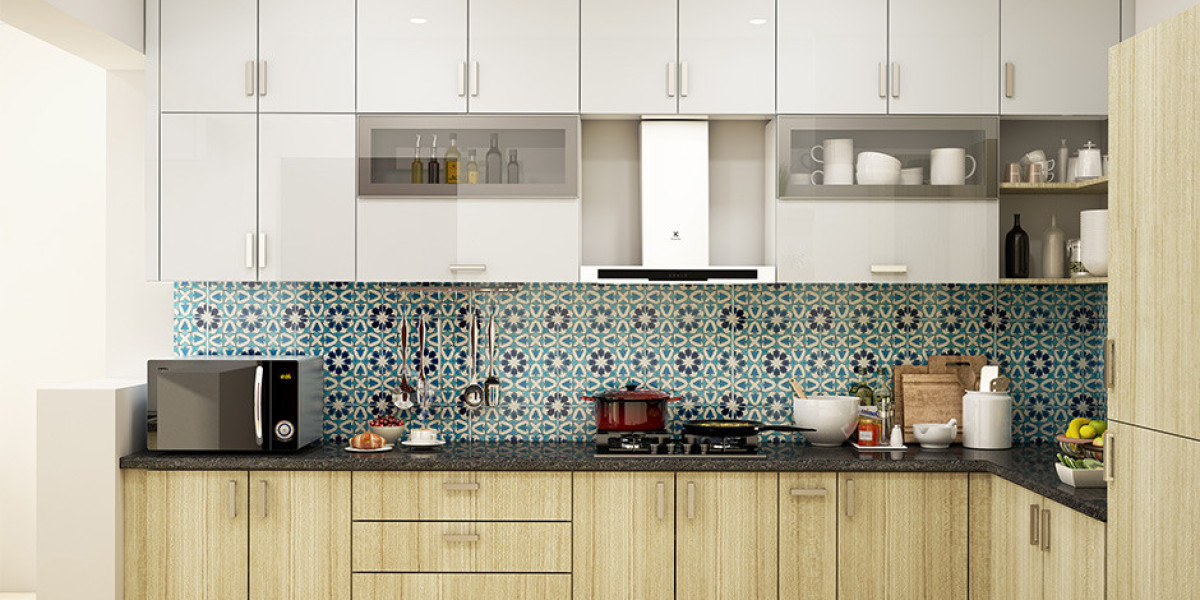Transforming your kitchen with Moroccan tiles brings an infusion of vibrant colors, intricate patterns, and a sense of timeless artistry. Known for their geometric designs and rich cultural heritage, Moroccan tiles are an increasingly popular choice for kitchen décor. Whether used on backsplashes, countertops, or flooring, these tiles offer an eye-catching aesthetic that adds personality and elegance to any kitchen space.
Aesthetic Appeal
Moroccan tiles are characterized by their elaborate patterns and bold color combinations, ranging from deep blues and greens to warm terracottas, yellows, and whites. These tiles often feature geometric, floral, or arabesque designs, creating a striking visual contrast that adds depth and interest to the kitchen. The intricate, hand-crafted look of Moroccan tiles makes them perfect for homeowners looking to add an artisanal touch to their space. Their design versatility allows them to blend seamlessly with a variety of kitchen styles—whether modern, rustic, bohemian, or Mediterranean.
In the kitchen, a Moroccan tile backsplash serves as a stunning focal point. It breaks the monotony of plain walls and adds texture and color that elevate the overall ambiance. Paired with neutral cabinets or countertops, the tiles create a lively contrast, offering a vibrant, dynamic aesthetic. If you prefer a subtler approach, opting for more muted shades like soft blues or earthy tones can still deliver the exotic appeal of Moroccan tiles without overwhelming the space.
Durability and Practicality
Beyond their visual appeal, Moroccan tiles are incredibly practical for kitchens. Made from durable materials such as ceramic, zellige, or cement, these tiles are resistant to heat, moisture, and everyday wear and tear. This makes them ideal for use in areas like kitchen backsplashes, where they need to withstand heat from stovetops and regular splashes from sinks. Their easy-to-clean surface ensures that spills or splatters can be wiped away effortlessly, making maintenance a breeze.
Moroccan tiles are also a great option for kitchen flooring. Their non-slip surface provides a safe and durable choice for busy households, and their hard-wearing nature means they will continue to look fresh and vibrant for years to come, even in high-traffic areas. The intricate designs can help disguise everyday dirt or marks, which is a bonus in a kitchen setting.
Creating a Cohesive Look
To achieve a cohesive look in your kitchen, it's important to balance the use of Moroccan tiles with other elements of your design. If you choose to install Moroccan tiles on a large surface like the floor or backsplash, consider keeping the surrounding elements more understated to let the tiles shine. Neutral-toned cabinetry, minimalist fixtures, and sleek countertops allow the tiles to be the star of the show without creating a cluttered or overly busy feel.
On the other hand, if you want to use Moroccan tiles in a more subtle way, consider incorporating them as accents. For example, using them as a border around your backsplash or as a focal point behind the stove can add a touch of exotic flair without overpowering the room.
Conclusion
Moroccan tiles bring a sense of artistry, tradition, and global influence to your kitchen. Whether you want to make a bold design statement with intricate, colorful patterns or prefer a more subdued approach, Moroccan tiles offer endless possibilities for customization. Their durability, ease of maintenance, and unique aesthetic make them a perfect choice for any kitchen, combining beauty and functionality in one stunning package.







